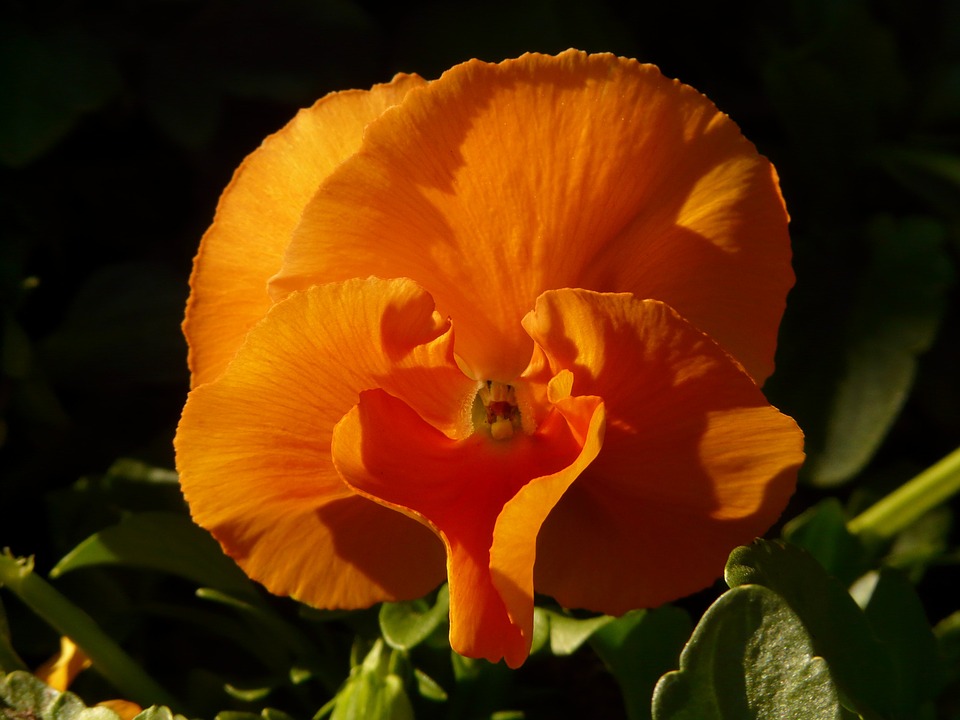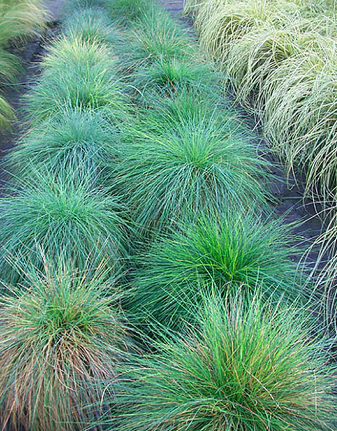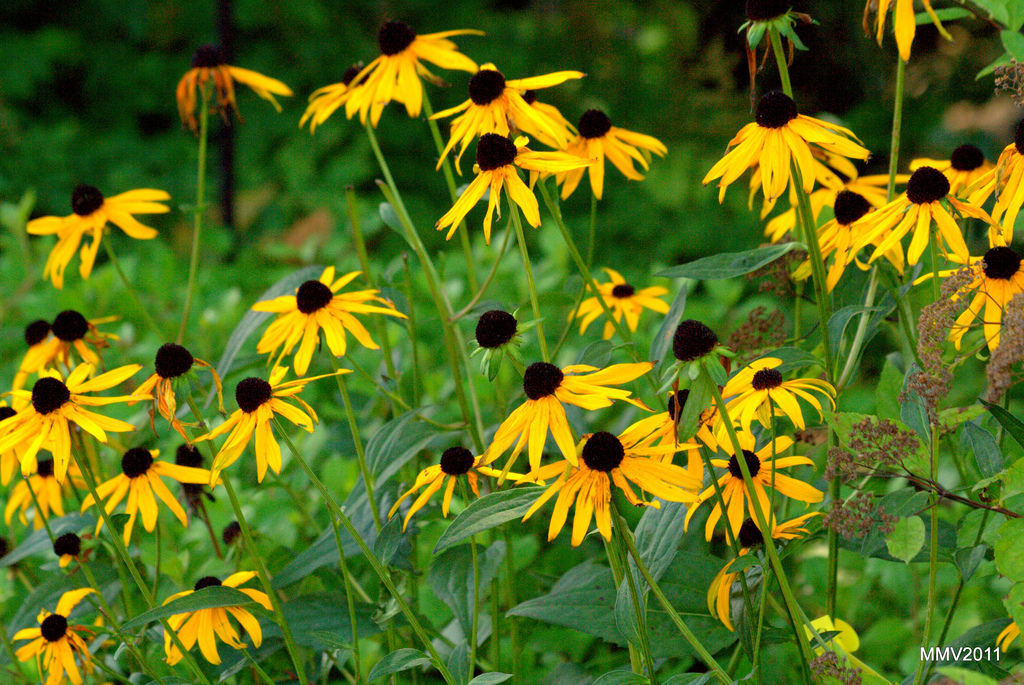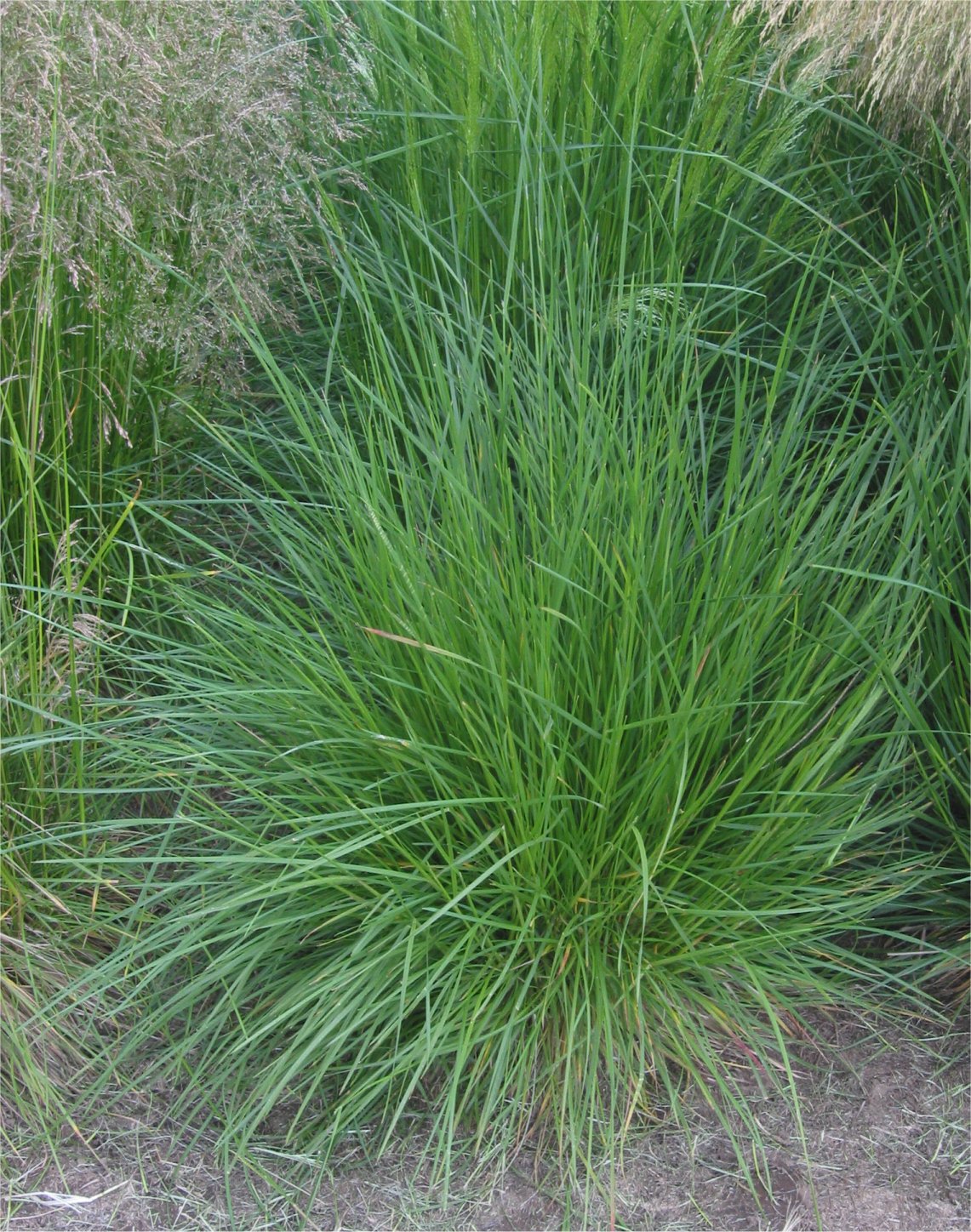When our youngest son started kindergarten, he suddenly became obsessed with expressing himself through fashion. No amount of logic could offset his passionate determination to select outfits of personal expression. Mismatched colors were often topped with a “Robin Hood” cape or “ninja turtle” sash. One day, he brought home a story about one of his school days that he had dictated to a teacher’s aid. I’ll never forget the closing line:
“And today, I wore a red sock and a blue sock and I found out it just didn’t matter.”
In much of gardening, it doesn’t matter what colors we pair. As long as the gardener is pleased with the outcome, all’s right with the world. Certain color pairings are always attractive, but, if you're not as confident in your own color sense as our young son, refer to the experts.
The 2018 #PantoneColorsFor2018 have been announced and there's something for everyone. Usually the domain of interior designers and fashionistas, the palettes are also fun for planning spring landscape additions and containers. http://www.elledecor.com/…/co…/a9178549/pantone-colors-2018/
For example, the #Resourceful palette of oranges and blues makes me think of orange pansies and #ElijahBlueFescue. Or, a border with blackeyed susans and little bluestem (Maybe selections like #Goldsturm and #TheBlues if height is an issue).
Orange Pansy | 'Elijah Blue' Fescue | 'Goldsturm' Black-eyed Susan | 'The Blues' Little Bluestem
What plant combos would these eight 2018 Pantone palettes inspire for you?
Resourceful: A palette made up of complementary blue and orange colors combines warm and cool tones that you just can’t avoid looking at.
Verdure: Vegetal colors like Celery are combined with berry-infused purples and eggshell blue, symbolic of health, in this palette.
Playful: Think "Minions." Bright yellow, lime popsicle, and all other things fun come together for this color scheme.
Discretion: Playful's alter ego. Subtle hues such as Elderberry and Hawthorne Rose offer a new sense of strength.
Far-fetched: With warm, earthy hues such as Cornsilk Yellow blending with rosy tones, this palette embraces many different cultures.
Intricacy: A palette of neutral metallics (AKA, the "new neutrals") with accents of dramatic Holly Berry red and yellow Sulfur.
Intensity: This is an eclectic mix of colors that evokes a sense of strength, power and sophistication, all balanced with black and gold.
TECH-nique: Bright turquoise, pink and purple colors anchored with Brilliant White and Frosted Almond nod to technology.
Color aside, it does matter that we plant species with the same needs of sunlight, soil and water to have success. When plants of different needs are planted in the same bed, we set ourselves up for long battles with high maintenance and probable failure of at least one of the plants. Putting the right plant in the right place is one resolution worth making and keeping.
‘Similar sunlight and water needs’ seems easy to understand. But, when emotion takes over, a gardener’s good intentions can easily be replaced with infatuation. Beautiful color pictures persuade us to plant tender spring ephemerals next to sun-loving wildflowers or water-hogs next to veritable camels of the garden.
Bluestem Services, Judy Allmon
Good information about plants abounds, but it can be overwhelming. Take advantage of garden centers, books and websites that make it easy by grouping plants with like needs together. Armed with knowledge and a plan for your garden, commit to keeping on-track for each unique site in your landscape. Challenge yourself to make choices within each needs grouping and use your creativity to improve your garden’s design through repetition and contrast of color and texture and experiment with definition of areas with hardscape. Use your imagination to make new combinations of natives and non- natives, perennial cultivars and annuals. Think also about results you would like to achieve and plant to emphasize particular benefits such as “rain garden,” “butterfly attraction,” “salt-tolerant,” or “deer/rabbit resistance.”
And—before you plant anything—take a good look at the soil in your garden. Most people know that tight, clayey soil will make it difficult to maintain your garden without a lot of work and likely disappointment. Soil that is too sandy can have the same results. Ted Hartsig, Applied Ecological Services, agrees. “Just like the flowers you grow, you need to nurture your soil by adding organic matter such as compost, and the right amounts of nutrients to create a productive growing environment. It will take patience, but within a year or two, soil will be drastically enhanced and will continue to improve with regular care.”
Soil can also be improved by planting deep-rooted native grasses and wildflowers that slowly percolate water and nutrients into its depths and encourage mycorrhizae. As you plant areas of your landscape this year, take time to work the soil of each area. You’ll be rewarded with plants that are hardier and more vigorous as well as a garden that is less demanding. Along with using compatible plants, you’ll know your choices “DID make a difference."
Interested in working together? We'd love to talk with you! Email us @ BluestemServices@gmail.com, or just give us a call at 573.230.1196.
